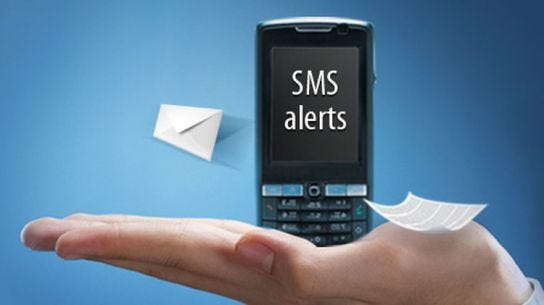In today’s fast-paced digital landscape, organizations must be prepared to respond promptly to critical incidents. Declaring a Severity-1 incident requires immediate action and clear communication to minimize impact and facilitate a quick resolution. Utilizing an effective SMS Notification System is essential for ensuring that all relevant stakeholders are informed and can respond appropriately. This article explores best practices for SMS alert escalation during Severity-1 incidents.
An SMS Notification System enables organizations to send instant alerts to key personnel, ensuring that critical information reaches the right people without delay. In the event of a Severity-1 incident, this direct communication channel is vital for coordinating response efforts and mitigating potential damage. By implementing a structured approach to SMS alert escalation, organizations can enhance their incident management processes and improve overall response times.
Establishing clear protocols for SMS alert escalation is crucial for effective incident management. Below, we outline best practices for using an SMS Notification System to declare a Severity-1 incident and ensure a swift resolution.
Best Practices for SMS Alert Escalation
- Define Incident Severity Levels: Clearly categorize incidents by severity levels—Severity-1 being the most critical. Establish specific criteria for what constitutes a Severity-1 incident, ensuring that all team members understand when to escalate alerts.
- Create Predefined Templates: Develop predefined SMS templates for Severity-1 incident notifications. These templates should include essential information such as the nature of the incident, affected systems, and immediate actions required. Predefined messages save time and ensure consistency in communication.
- Establish an Escalation Matrix: Create an escalation matrix that outlines who should be notified at each stage of the incident response. This matrix should specify primary contacts, backup contacts, and any necessary external parties, ensuring that all relevant stakeholders are informed promptly.
- Test the System Regularly: Conduct regular tests of your SMS Notification System to ensure that it functions effectively during a live incident. These tests should simulate Severity-1 incidents, allowing your team to practice their responses and identify any areas for improvement.
- Monitor and Review: After a Severity-1 incident, conduct a thorough review of the SMS alert escalation process. Gather feedback from team members to identify strengths and weaknesses in your response. Use this information to refine your protocols and improve future incident management efforts.
Conclusion
Declaring a Severity-1 incident requires a swift and coordinated response to minimize impact and restore normal operations. By implementing best practices for SMS alert escalation through an SMS Notification System, organizations can enhance their incident management processes and ensure that critical information reaches the right people at the right time. A proactive approach to incident declaration not only improves response times but also strengthens overall organizational resilience in the face of emergencies.

